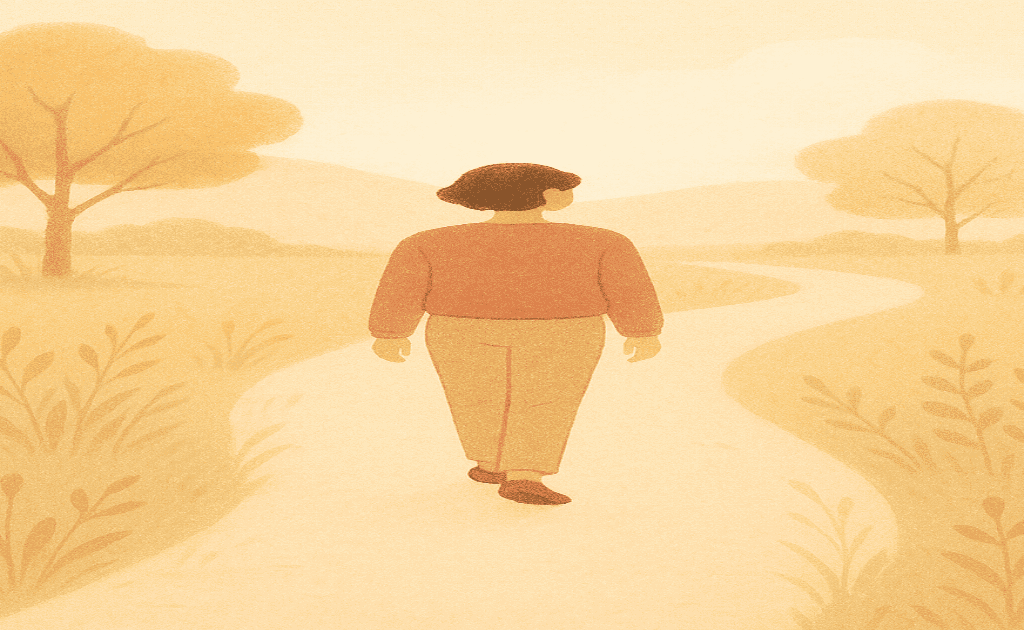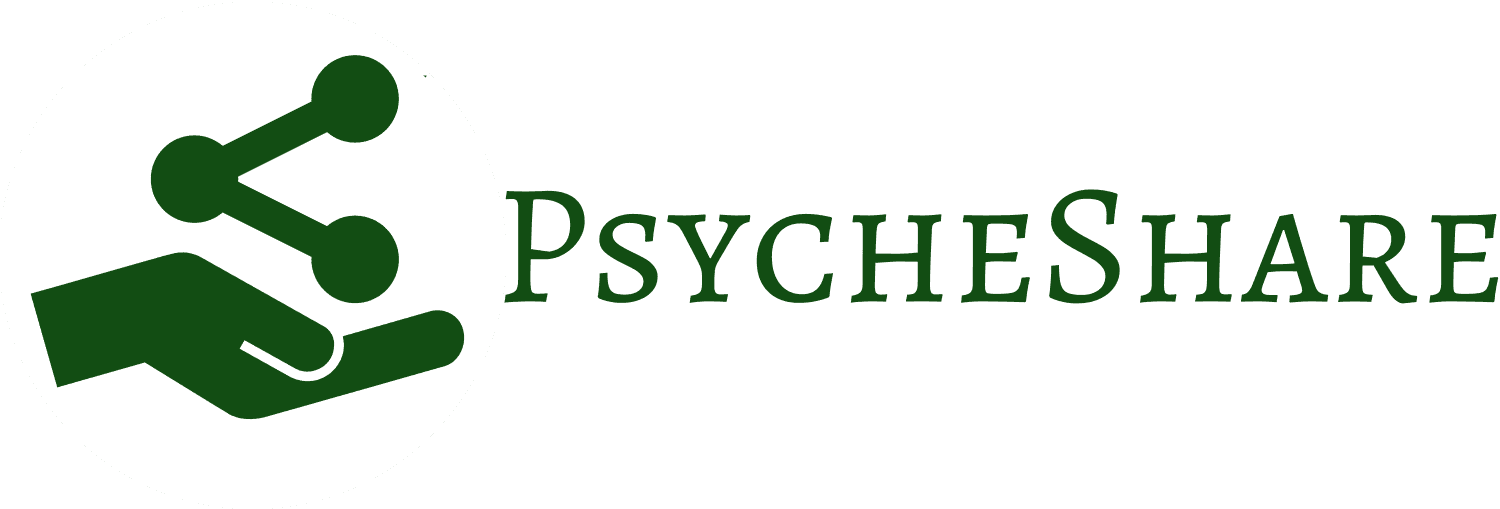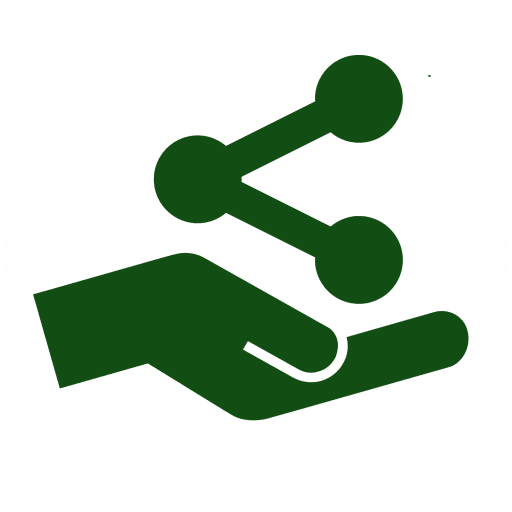When you love someone deeply, it is easy to mistake emotional enmeshment for devotion. You may tell yourself that sacrificing your needs at all times is what love is all about. But when your identity begins to blur into theirs, when your happiness depends entirely on theirs, you may be caught in a codependent relationship.
Recognising this can be both painful and liberating. The journey toward healing begins with one powerful truth: you deserve a relationship rooted in mutual respect and emotional freedom.
What Is a Codependent Relationship?
Codependent relationship is a condition when a person always prioritises the needs and feelings of the other, hence neglecting his/her own needs and well-being. It is not just about “caring too much.” Rather, it involves an unhealthy reliance where one person becomes the caretaker and the other, the focal point of control.
According to the American Psychological Association, codependency is a relational pattern marked by psychological over-reliance on another person, typically involving dysfunctional behaviors like enabling, rescuing, or excessive caretaking.
The pattern can begin early in childhood especially where there is neglect, emotional abuse, or addiction at home. As adults, individuals repeat these dynamics, believing that love means enduring pain or neglect without complaint.
Key Signs You Might Be in a Codependent Relationship
Not all unhealthy relationships are codependent, but codependent dynamics are always emotionally draining. Some warning signs include:
- You consistently put your partner’s needs before your own.
- You feel responsible for their emotions, choices, or well-being.
- You have difficulty saying “no” or expressing your own opinions.
- You fear abandonment or rejection to an extreme degree.
- Your self-worth depends on their approval or validation.
- You feel anxious, guilty, or empty when alone.
As described by Medical News Today, people in codependent relationships may struggle with self-identity and develop feelings of resentment or low self-esteem over time.

What Causes Codependent Relationships?
Codependency is not a diagnosis, but it is a real and recognised psychological pattern.
Research indicates that kids from unstable, alcoholic, or emotionally dysfunctional homes are more likely to learn to deny or suppress their own needs and feelings just for peace to reign. They learn early on that they earn love by taking care of others’ needs at the expense of their own.
When grown up, they seek out such dynamics in partners, which leads to this familiar but poisonous emotional pattern. Childhood trauma, low self-esteem, and unresolved issues of attachment can all contribute to this pattern.
The Emotional Toll of Staying
Codependent relationships can feel safe at first, especially for those who fear abandonment or lack strong boundaries. But over time, they create emotional fatigue.
You may notice:
- Chronic stress or anxiety
- Feelings of emptiness or numbness
- Burnout from caregiving or rescuing
- Resentment that you are not “seen” or appreciated
How to Break Free from Codependent Patterns
Healing from codependency does not always mean ending the relationship but it does require change. Here is how you can begin:
1. Acknowledge the Pattern
The first and hardest step is to acknowledge that your relationship is codependent. As PositivePsychology.com outlines, awareness helps you begin separating your self-worth other individuals’ needs or approval.
2. Rebuild Your Sense of Self
Reconnect with activities, goals, and passions that are solely your own. This can help restore a healthy identity outside the relationship. Make sure you know who you are outside of the relationship.
3. Set and Maintain Boundaries
Boundaries preserve your emotional health. Start with small, clear “no’s.” You can learn more about this in How to Set Healthy Boundaries with Family and Friends, where we explore how even small boundary. setting boundaries can give you back your sense of control.
4. Seek Therapy or Support Groups
Having a professional counselor work with you can assist in unraveling the causes of your codependency. Support groups and group therapy may also legitimise your experience. You get to see that you are not the only one suffering.
5. Assess the Future of the Relationship
Not all codependent relationships have to end. However, if your partner resists change or manipulate your efforts at growth, it may be time to consider walking away. Letting go of someone you love is never easy but staying in a relationship that damages your spirit is far worse.

Reclaiming Your Emotional Independence
Leaving a codependent relationship emotionally or physically requires strength, clarity, and often support. But as you begin healing, you may rediscover something invaluable: the pure joy of being at peace with yourself.
You deserve a relationship where love flows freely without control, fear, or exhaustion. You deserve to be whole without needing to save or be saved.
Final Thoughts
Healing from codependency is not about blaming yourself or your partner. It is about choosing emotional freedom over fear, and self-love over self-erasure.
You have the right to love without losing yourself.
If you would like to read a real-life experience of how codependency and emotional entrapment can unfold in daily life, you can explore a personal story:
How Fear Made Me Kept Holding on Even When I was Hurting, a raw and honest look at what it takes to break free when love begins to harm instead of healing.



Add a Comment